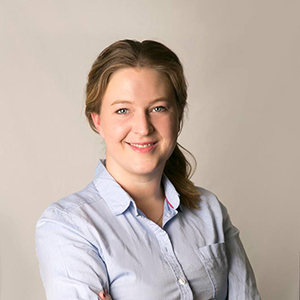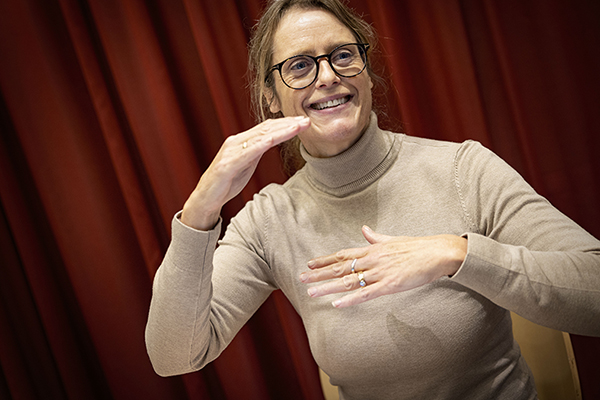UU Innovation has seen a larger and broader influx of new ideas for utilisation during the year. The number of new ideas from researchers, including doctoral students, has already reached the level of 2020 as a whole – 90 ideas. In addition, there is almost equal representation among the idea owners. The proportion of women researchers seeking support for an idea has gone from 21 percent in 2020 to 44 percent today. According to Malin Graffner Nordberg, Head of UU Innovation, there are probably several reasons for this result.
“It comes down to both a clearer offer of what we can help with and an internal drive behind new initiatives to stimulate interest in the utilisation of research-based knowledge broadly across the University,” she says.
Self-test and dialogue
During the year, UU Innovation has developed a simple self-test to help researchers identify what they create in their work that has the potential to be useful to others outside their immediate research environment. A seminar – Identify the hidden potential in your research – has been created around the test. It is given regularly and is open to anyone who is curious about utilisation and what it might look like in relation to the person’s own research.
One of the people who participated in the seminar and took the self-test is Johanna Ohlsson, a researcher on ethics, human rights and justice theory at the Institute for Russian and Eurasian Studies.
 “I previously co-edited a book to strengthen the work on human rights implementation in the public sector in Sweden, and was curious to learn more about how research and research findings can be made more accessible and disseminated outside of academic conversations. The self-test that was introduced was helpful in progressing towards thinking more systematically about how research can be made visible and utilised in society,” says Johanna Ohlsson.
“I previously co-edited a book to strengthen the work on human rights implementation in the public sector in Sweden, and was curious to learn more about how research and research findings can be made more accessible and disseminated outside of academic conversations. The self-test that was introduced was helpful in progressing towards thinking more systematically about how research can be made visible and utilised in society,” says Johanna Ohlsson.
Malin Graffner Nordberg is keen to highlight the importance of the early dialogue that has been a common thread running through UU Innovation’s activities during the year.
“We have worked more in dialogue form than in the past, with an open, curious and unbiased approach to create a better understanding of the researchers’ ability to make use of their results and knowledge assets. This has not only led to a great demand for what we call general advising on utilisation issues, but has also enabled us to identify more ideas for innovation,” explains Malin Graffner Nordberg.
New forms attract more people
When it comes to general advising on matters related to utilisation, there is an even distribution between disciplinary domains and genders. This has not always been the case.
“When we mapped out our support to researchers over the past few years, we could clearly seethat we needed to do something different. Our support should be inclusive and open to everyone who wants it, not just in theory, but also in practice. For example, it is not good enough that we attract far fewer women than men, not least because it results in society losing out on innovation and women missing out on opportunities. It is therefore encouraging that we are already seeing a change,” says Malin Graffner Nordberg.
So, how will UU Innovation continue to develop its work to increase gender equality in the support? Malin Graffner Nordberg is clear:
“We will persevere and continue to make it easy and attractive for anyone to seek our help to test an idea or to thoroughly explore possibilities for utilisation of their own research,” she says.
